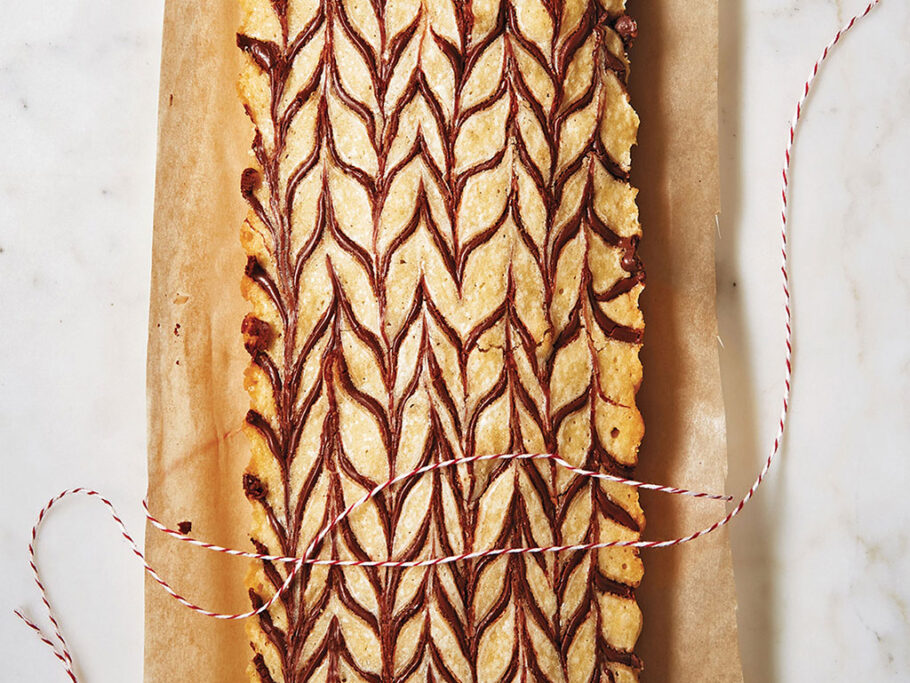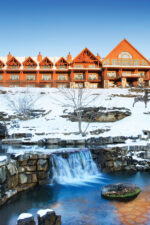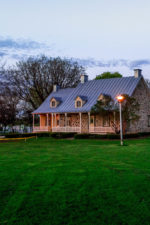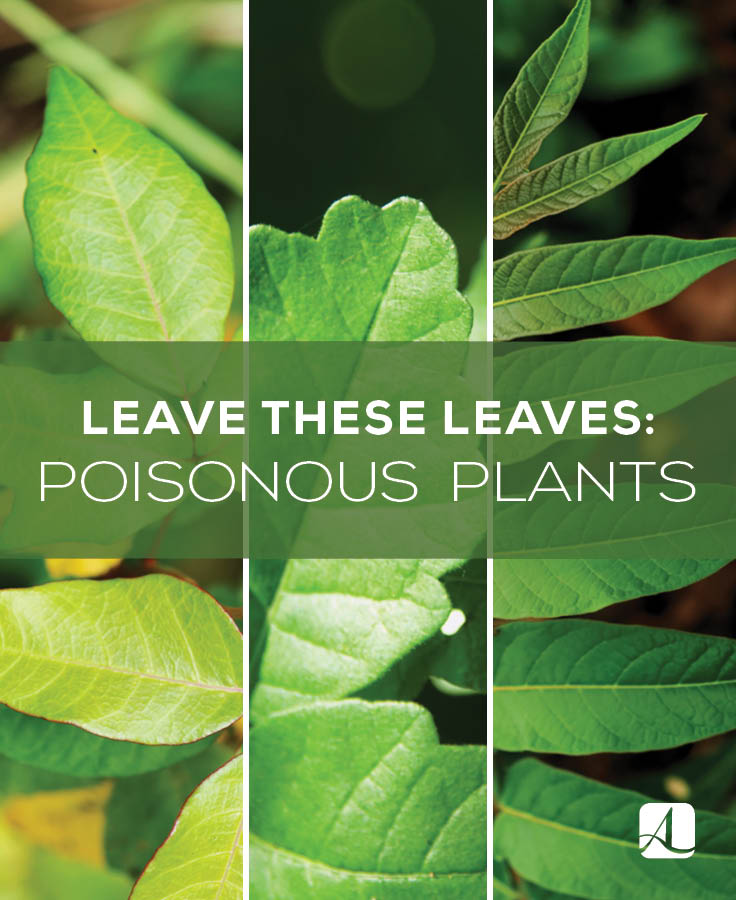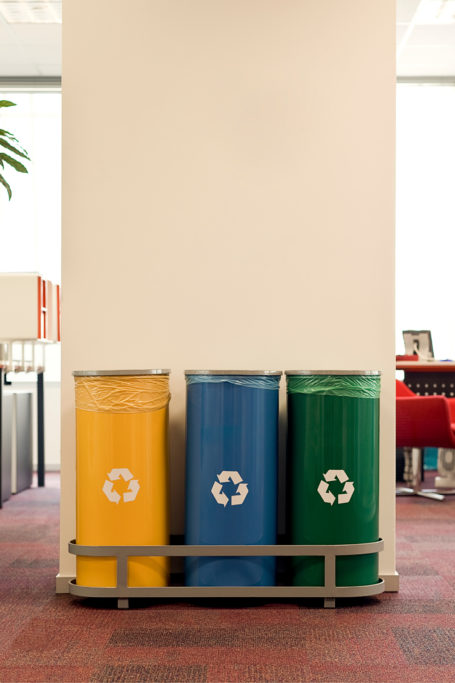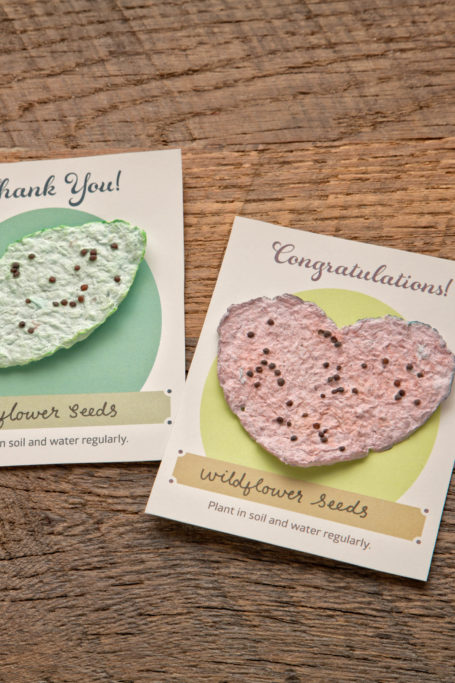Harmful or Harmless: Learning the Leaves
Whether you’re taking the family on a camping trip, embarking on an epic hike, or simply heading to the park for a picnic with friends, knowing how to identify poisonous plants can save you from an itchy situation.
Learn more about how to spot some of the most dangerous leaves with these tips!
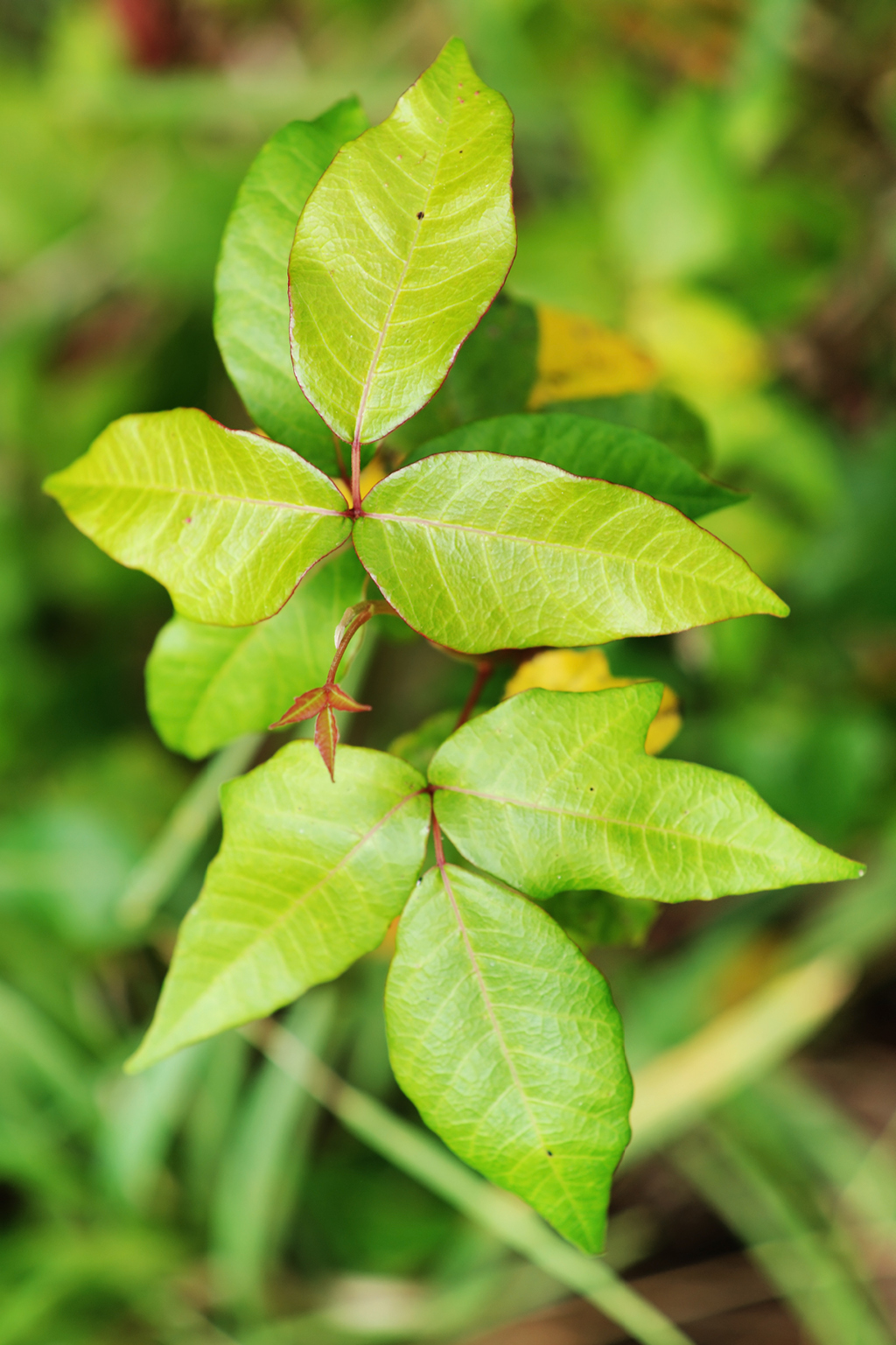
Poison Ivy
Found throughout the United States, poison ivy is the most common poisonous plant. Watch for leaflets in groups of three, with slightly serrated or smooth edges. It’s a tricky one, though. It can grow as a woody shrub, growing up to five feet tall, or as a vine that develops on trees, walls, or even fences.
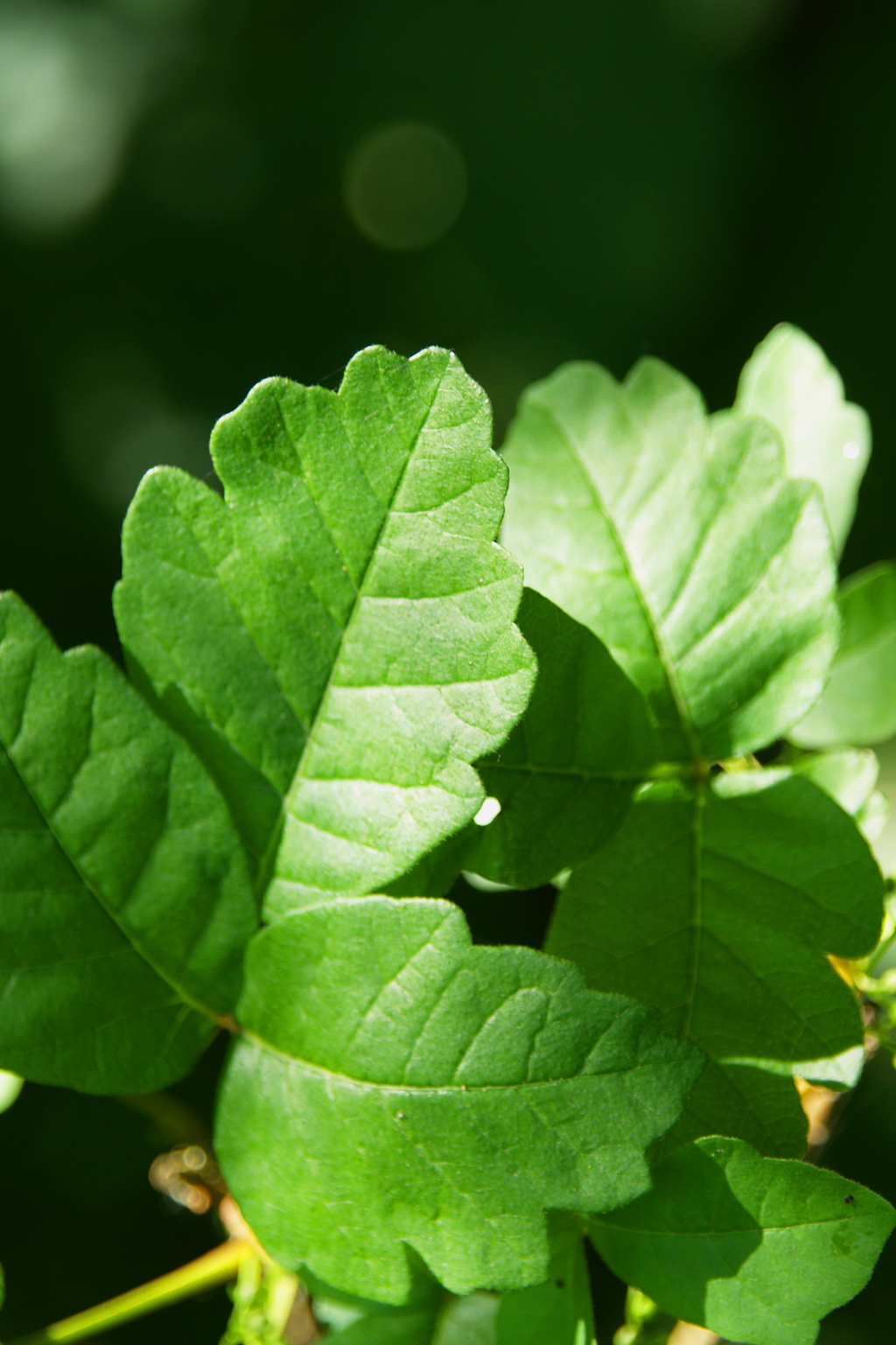
Poison Oak
Primarily located in the eastern and southern states, as well as along the Pacific coast, poison oak often presents itself in three—typically shiny—leaflets and has a distinctive marking that is similar to an oak tree (hence the name). You’ll likely see poison oak growing as a low shrub, in tall clumps, or as long vines.
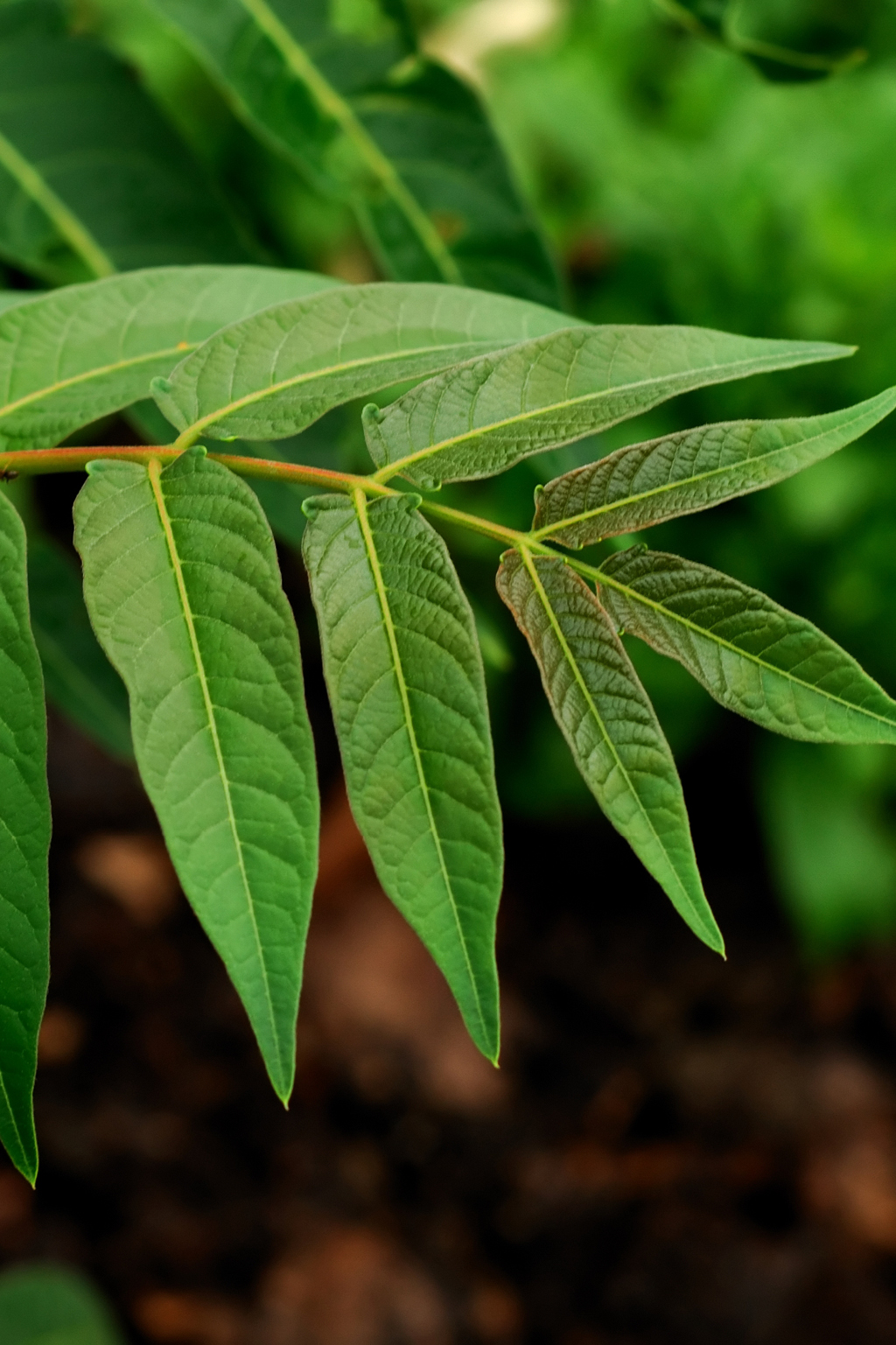
Poison Sumac
Also found primarily in the eastern United States, poison sumac typically grows as a shrub or small tree. You’ll likely spot complex leaves, with anywhere from 7-13 leaflets. Each leaflet is about 2-3 inches long and has edges that are serrated with a glossy face. It’s also not unusual to see poison sumac growing with yellow-green flowers.
Tips on prevention.
Take your poisonous plant knowledge one step further by knowing how to prevent an incident. Here are a few tips to keep you safe when exploring the outdoors:
- Be sure to wash your hands and up your arms with cool water and soap, as soon as you can after coming inside.
- It’s best to wear long sleeves and pants when exploring the outdoors, to not only prevent against poison exposure, but to prevent bug bites and other rashes from forming.
- Thoroughly wash your gardening tools after each use.
- Never wear shoes without a pair of socks to keep your feet and ankles protected.
Most importantly, always consult with your doctor if you feel you’ve been in contact with a poisonous plant.

